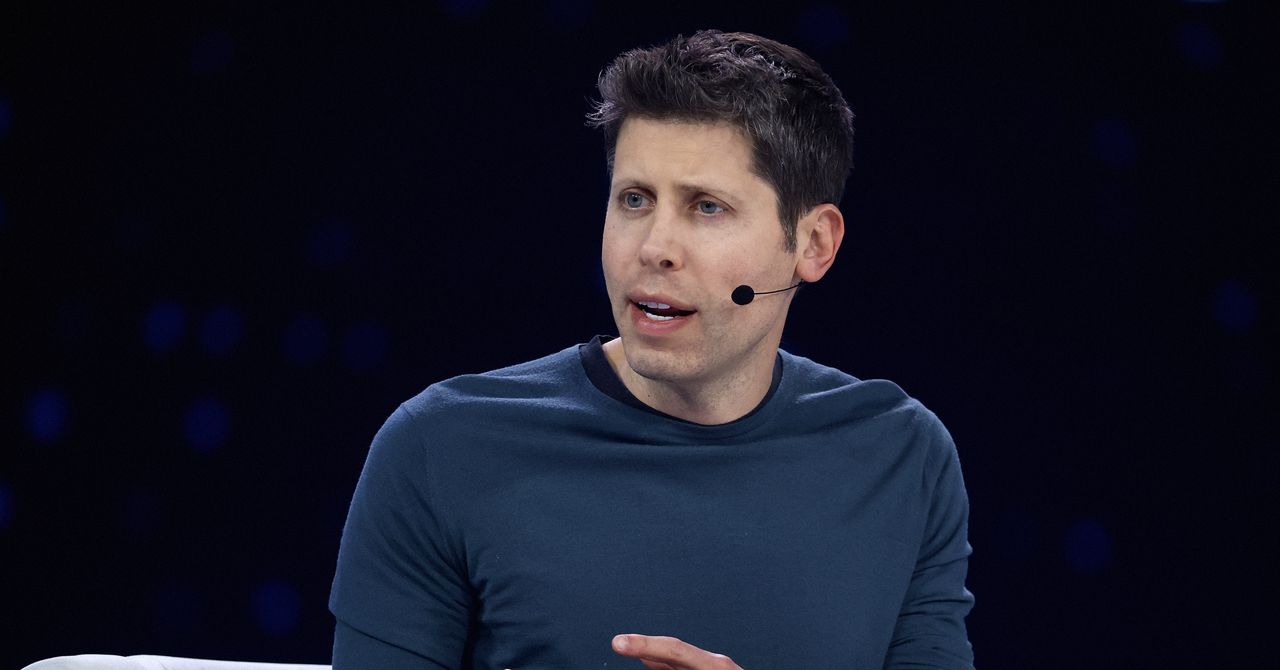OpenAI unveiled tools that let full applications run inside ChatGPT, positioning chat as a productivity platform. In chat apps and ChatGPT workflow automation promise faster responses, AI powered productivity, and new needs for prompt design and data governance.

At OpenAI’s Developer Day on October 6, 2025, CEO Sam Altman described a shift that could change how people and businesses work. ChatGPT is being positioned as more than a conversational assistant; it is becoming a central productivity platform where full applications and workflows run inside the chat interface. This move accelerates ChatGPT workflow automation and opens new options for ChatGPT integration with existing services.
Work today is scattered across many apps and data silos. Small businesses and non technical teams often lack the engineering resources to build integrated back ends or custom automation. By collapsing interaction, automation, and data access into a single conversational surface, OpenAI aims to simplify AI powered productivity for teams and customers.
The core idea is in chat apps that host third party apps and workflows directly inside conversations. Users can complete tasks, retrieve records, or run automated processes without context switching. That makes conversational AI actionable in customer support, scheduling, order processing, and internal approvals.
Developer Day publicly debuted these capabilities on October 6, 2025. Market research shows growing investment in conversational AI and AI driven team collaboration, with many organizations expanding use of AI tools to boost efficiency. Still, building secure, robust in chat integrations requires governance and time, so enterprise adoption will be gradual.
Organizations that want to experiment with ChatGPT and in chat apps should:
OpenAI’s push to make ChatGPT an operating system for work reframes the chat window from a place to ask questions into a platform where tasks are completed. For businesses, this promises easier automation and faster workflows. For product teams, it demands new approaches to UX, security, and integration. The next phase will be experimentation combined with governance: teams should test in chat workflows now while building the guardrails required at scale. Chat may not replace desktop and mobile apps overnight, but the path toward conversational AI driven productivity is clearer than before.



